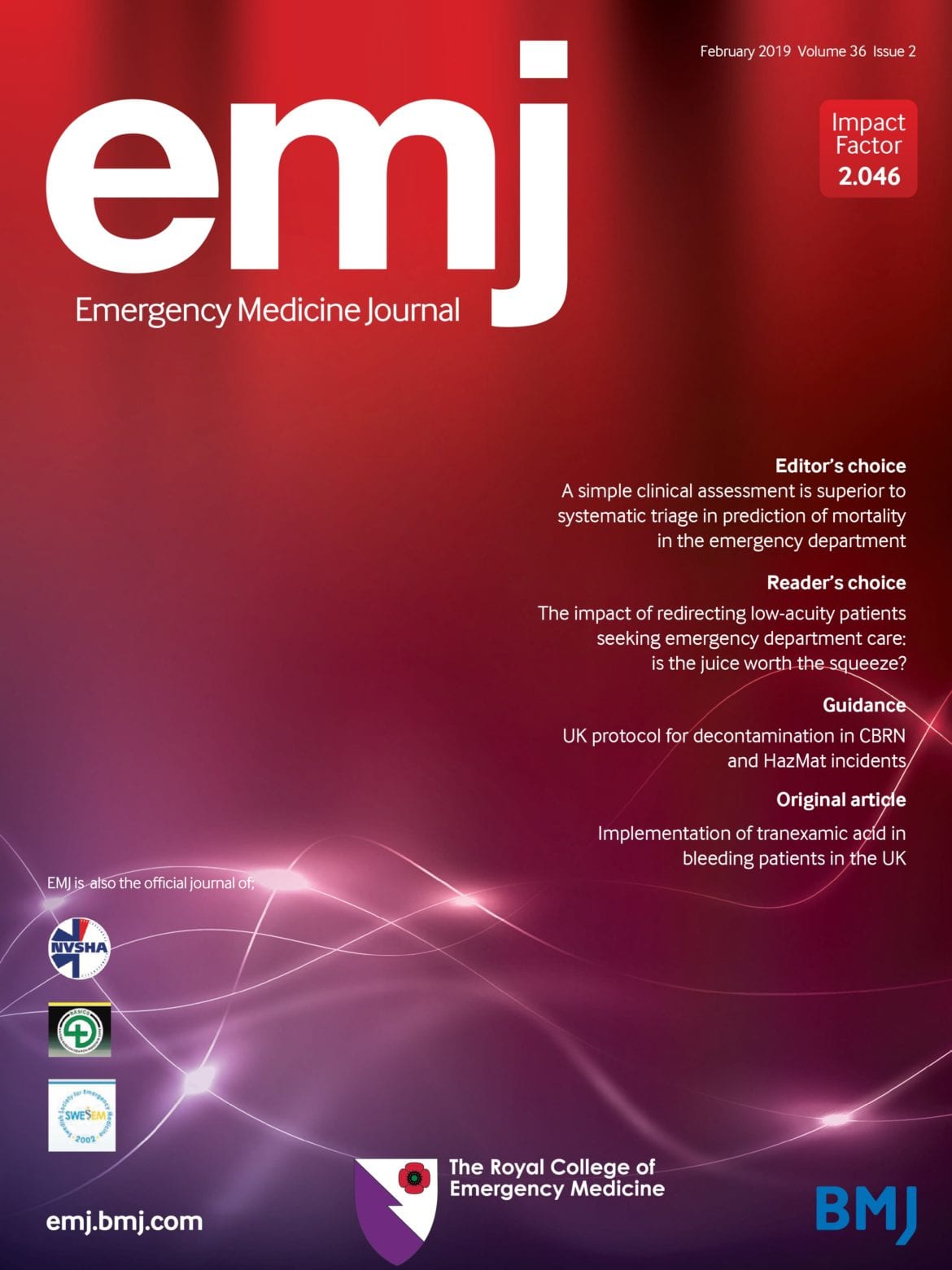

O Because learning and education is a function of forces, the study of O The research must be carried out in a real-life educational setting. Which one further checklist will address Would fit the purpose of this research however, there is still an element missing, of Upon reflection of the checklist proposed by Creswell and Clarke (2011), the SE design Which the results can support and/or enrich the initial qualitative findings. The final step is to interpret the way in Qualitative themes and quantitative findings. Previous, to explore the relationships, meanings, and understanding between the This instrument is then disseminated to a new sample, independent from the

Is developed which is designed to test the variables that have been proposed within theįirst step. Building upon the findings of the previous step, an instrument Starting with qualitative dataĬollection and analysis, a researcher is required to explore the phenomena using only Guideline for using this methodology in practice. Research is usually the more dominant under this design also providing a four step The Continuation form is included in theĬreswell and Clarke (2011) continue to mention that the qualitative component of the ‘Continuation Interview’ for this project, the methodology was reviewed in order to establish “ a clear focus for the study and a defined methodology”. Nature, was a combination of Grounded Theory and Action Research this has changed. O When there are research questions based on qualitative results thatĬannot be answered with qualitative data alone.ģ0 At the beginning of this project the methodological approach assumed, while still of a pragmatic Of data is being collected and analysed at a time, O When resources are limited, and a design is needed where only one type

O When the time is available to conduct the research in phases, O When the researcher is unsure what constructs are important to study Īnd/or relevant quantitative instruments are not readily available, O When the research problem is more qualitatively oriented, (2011) that is used when a researcher believes an SE approach is best suited to assess Of interest in this research is the checklist provided by Creswell and Clark Of the design it allows for the development of tools that accurately measure the topic ‘quantitative follow-up’ design (Morgan, 1998) due to the intuitive and adaptive nature ‘instrument development’ design (Creswell, Fetters, & Ivankova, 2004) or the This particular approach has been used under different pseudo-names such as the Words, the SE design is a two phased methodology that begins with an exploratoryĪnalysis of qualitative data and is supported with quantitative data in the second phase. Will conduct a quantitative phase to confirm the findings of the first phase. Qualitative data collection procedure and then, building upon the findings of this phase, The Sequential-Įxploratory (SE) design, as described by Creswell and Clark (2011), first begins with a Other researchers have mentioned how thisĭesign is particularly useful for initial research projects as it uncovers a wealth ofĪvenues that could be ‘explored’ in further studies (Singh, 2007). Methods are best suited for further studies. To gain insight into the working dynamics under observation and to determine what Usually adopted in studies for the purpose of understanding of particular situations.Īlthough the sample sizes tend to be slightly smaller, the focus of this methodology is According to Saunders-Lewis and Thornhill (2007), an exploratory research design is


 0 kommentar(er)
0 kommentar(er)
